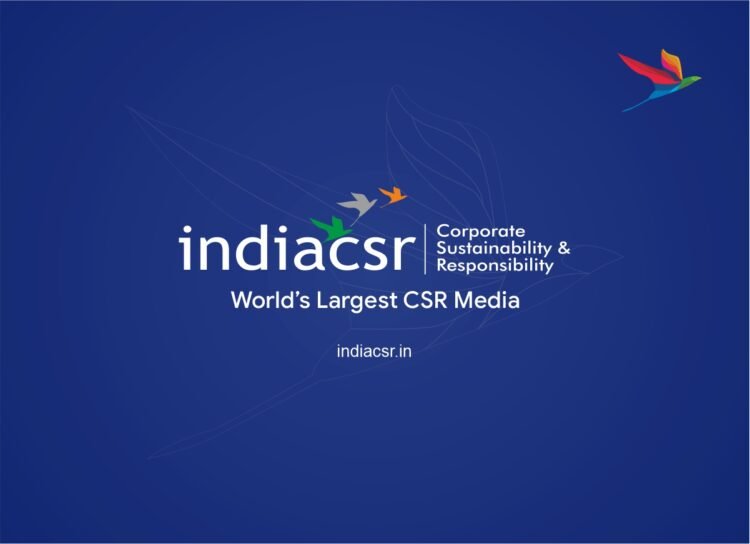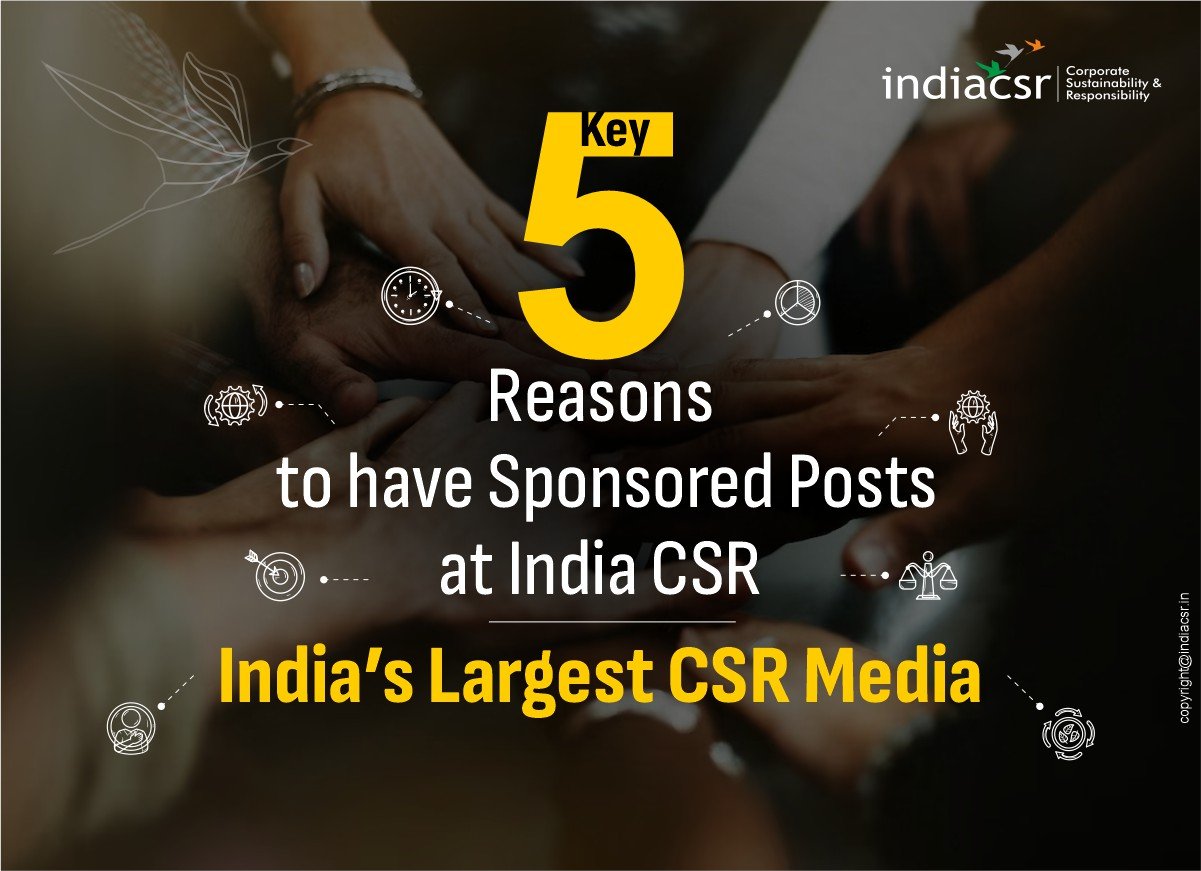By Alireza Moghadam
Steel is an important metal used across the globe. Steel is mainly consumed in larger quantities by end-users such as the infrastructure and construction sector. The production process of steel is energy-intensive. Technological progressions and extensive R&D such as use of generated energy from the system itself have decreased the consumption of energy in the production process.
Reduction of Greenhouse Gas Emissions
This has assisted in the reduction of greenhouse gas emissions once the latest processes are successful. This will also resist climate changes due to pollution occurring across the globe, which has become a serious environmental issue in recent years. Thus, the consumption of steel as a sustainable material is the latest trend that is projected to assist the growth of the market during the forecast period.
Economic Performance and Geopolitical Changes
In 2017, the risk of global recession receding and economic performance improving across most regions along with several geopolitical changes still created some concern. US policy uncertainties, Brexit, the rising populist wave in current European elections, and the potential retreat from globalisation and free trade under the pressure of rising nationalism add a new dimension of uncertainty in investment environments. To balance this, risks from ongoing conflicts in the Middle East and in Eastern Ukraine appeared to be reducing.
Good News for Steel Producers
There is some good news for steel producers around the world. After years of wait characterized by slowing demand, excess capacity, and large inventory, facing headwinds that slowed consumption in recent years, world steel demand growth is beginning to face a cyclical upturn. Consumption demand is expected to pick up on the back of the momentum in global economic growth. Based on the demand conditions so far this year, the World Steel Association, in its short-range outlook, has forecasted that global steel demand will reach 1,622 million tonnes (mt) in 2017 and will improve to 1,648 mt in 2018.
Riding Out Political Risks
In other words, the industry has by and large been able to ride out this year’s political risks, including Fed rate hikes, European elections, rising crude oil prices, and Trump-induced market volatility. Admittedly, China is the mover and shaker of the world steel market by being the largest producer and consumer of the industrial metal.
Demand for Finished Steel
Demand for finished steel is variable around the world, but, for the most part, is forecasted to increase this year and next in most regions.
World Steel Association Short Range Outlook
The World Steel Association released its October 2017 Short Range Outlook (SRO) — its assessment of the global steel market where they stated:
In the North American Free Trade Agreement (NAFTA) bloc, there is an expected 4.9% year-over-year increase in demand (or 138.7 Mt) and 1.2% increase in 2018 (140.4 Mt).
Meanwhile, the report forecasts a 2.5% jump this year in the EU (162.1 Mt) and 1.4% increase next year (164.3 Mt).
In the Commonwealth of Independent States (CIS) bloc, which includes Russia, there is an expected 3.6% increase in 2017 (51.1 Mt) and 3.8% next year (53.0 Mt).
In the Asia and Oceania region, there is an expected 9.3% growth in 2017 (1,098.8 Mt) and 1.1% in 2018 (1,111.1 Mt).
In Africa, there is an expected 1.6% drop in demand this year (37.0 Mt) and a 3.3% jump next year (38.2 Mt).
In Central and South America, the report forecasts a 2.5% jump this year (40.4 Mt) and 4.7% jump next year (42.3 Mt).
China’s Steel Demand
China accounts for about 45 per cent of world demand. Its steel demand in 2017 is forecast to grow 3 per cent. Excluding China, steel demand is expected to expand by 2.6 per cent to reach 856 mt in 2017 and by 3 per cent in 2018 to 882 mt.
Positive Correlation between Global Economic Growth and Steel Consumption
The positive correlation between global economic growth and steel consumption is well-recognized. From less than 3 per cent in 2016, there has been a modest pick-up in global growth to 3.3 per cent this year and a further increase to 3.6 per cent in 2018 is seen. For the world market, at present, risks factors include geopolitical tension (friction between the US and North Korea), protectionist tendencies, and China’s debt problem.
Challenges Faced by the Chinese Steel Industry
The Chinese steel industry has been facing environment-related issues as well as trade friction. The big question everyone is asking: who will replace China as the world’s growth engine for consumption? Over the last two decades, China recorded phenomenal growth in steel production and consumption. The Asian major’s growth has been driven by investments, led by heavy investments in the construction sector, including infrastructure, housing, and commercial premises.
Solidifying EU Recovery
The EU recovery is solidifying with many positive developments. Eurozone monetary policy is expected to remain on its current path, at least in 2017, while fiscal tightening is not expected to strengthen further, and the risk of disinflation has significantly receded. If political stability can be maintained, investment is expected to pick up to provide a further boost to the recovery. Benefiting from the improving global economy and weak yen, Japan’s steel demand is expected to show a stable recovery.
WSA Report: Steel Demand Increase in Developed Economies
According to the WSA Report, steel demand in the developed economies will increase by 1.2% in 2018.
Stabilizing Russian and Brazilian Economies
Having dealt with the structural problems and fall in commodity prices, the Russian and Brazilian economies are stabilizing and expected to show modest growth in 2017. Russian growth will continue to pick up in 2018 as structural reforms take more effect. After the demonetization shock, the Indian economy is expected to resume growth, although on a slightly weakened basis. The ASEAN countries are expected to demonstrate solid growth in 2017-18. However, the region remains vulnerable to currency volatilities associated with US interest rate hikes and dollar appreciation.
Steel Demand Growth in Emerging and Developing Economies Excluding China
According to the WSA Report 2017, steel demand in the emerging and developing economies excluding China, which accounts for 30% of world total, is expected to grow by 4.9% in 2018.
Growth in India’s Crude Steel Output
India’s crude steel output grew 10.7 per cent year-on-year to 25.76 million tonnes (MT) during January-March 2017. India’s crude steel output during April 2017 grew by 5.4 per cent year-on-year to 8.107 MT.
Increase in India’s Finished Steel Exports and Reduction in Imports
India’s finished steel exports rose 102.1 per cent to 8.24 MT, while imports fell by 36.6 per cent to 7.42 MT in 2016-17. India’s steel exports rose 142 per cent in April 2017 to 747,000 tonnes over April 2016, while imports fell by 23 per cent to 504,000 tonnes in April 2017 over April 2016.
India’s Role as the World’s Third-Largest Steel Producer in 2016
India was the world’s third-largest steel producer in 2016. The growth in the Indian steel sector has been driven by domestic availability of raw materials such as iron ore and cost-effective labour. Consequently, the steel sector has been a major contributor to India’s manufacturing output. The Indian steel industry is very modern with state-of-the-art steel mills. It has always strived for continuous modernisation and up-gradation of older plants and higher energy efficiency levels.
Dominance of Flat Steel Products in the Indian Steel Industry
The Indian steel industry will be dominated by the flat steel products due to the rise in consumption of automotive, construction, infrastructure, transport, domestic appliances, and other industrial applications (office furniture, heating, ventilating, air conditioning, and packaging). It is estimated that the consumption of steel as a sustainable material will continue to grow during the forecast period as technological progressions and extensive R&D will decrease the consumption of energy in the steel production process. The Indian steel industry is impacted by hindrances in iron ore supply, stable domestic iron ore prices, uncompetitive steel export because of stable Indian Rupee, and dumping of steel on India by steel-surplus nations such as China.
India’s Expected Overtaking of Japan as the World’s Second Largest Steel Producer
India is expected to overtake Japan to become the world’s second-largest steel producer soon, and aims to achieve 300 million tonnes of annual steel production by 2025-30, based on increased capacity addition in anticipation of upcoming demand, and the new steel policy of the government. This is expected to boost India’s steel production. Huge scope for growth is offered by India’s comparatively low per capita steel consumption and the expected rise in consumption due to increased infrastructure construction and the thriving automobile and railways sectors.
About the author
Author is the Chairman of AMIDT Group























